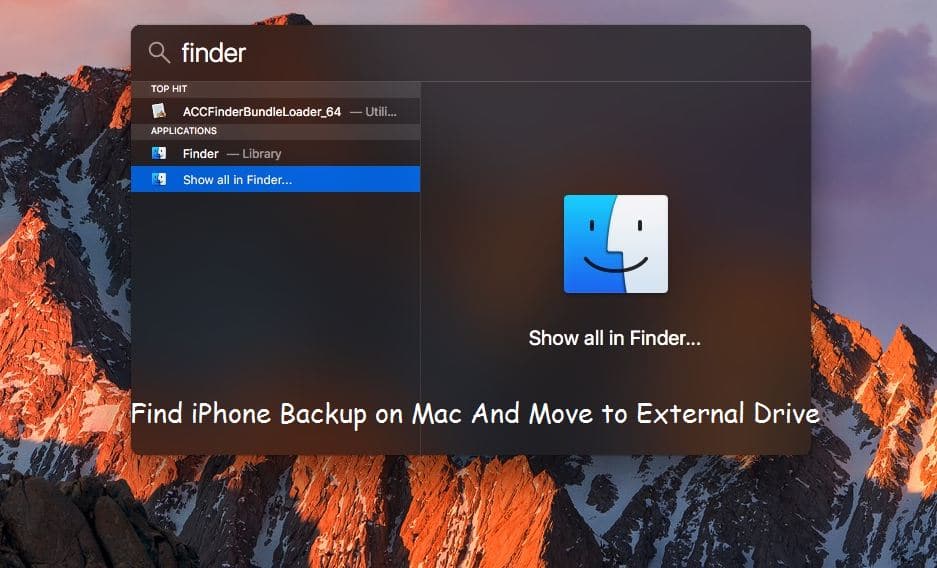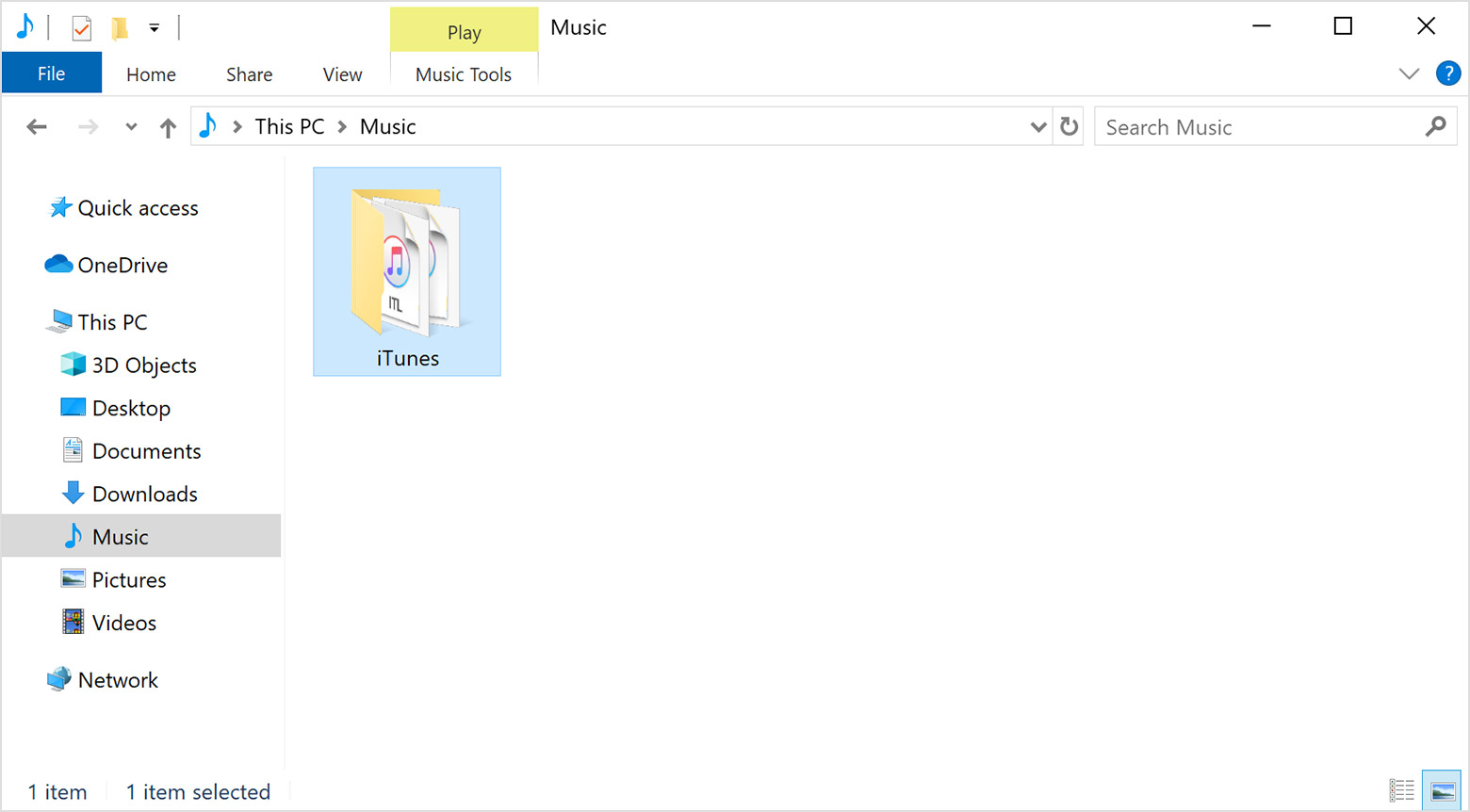Dec 16, 2014 IF the drive with user Library is a Time Machine backup, access the Time Machine drive from the Finder, then open the “Backups.backupdb” folder and then open the date range of the file(s) you want to access, then navigate through the file system as you see it within those Time Machine backups until you’re in a Users folder, then the appropriate Users Library folder. Once done, you should see the new folder show up in Lightroom, but it will be empty. This action also creates a new folder on your external drive, which you can see if you navigate to the external drive using Finder or Windows Explorer.
What is weibo under on mac system library extension. Jan 18, 2017 Kexts, or kernel extensions, expand the basic functionality of macOS’s Darwin kernel. They’re analogous to drivers under Windows, and they let the kernel communicate with your computer’s hardware. Most of the time these files require no maintenance. May 07, 2015 In OS X, extensions are incorporated throughout the system and can be controlled through a dedicated system preference panel. In this article, we want to talk about where you will see extensions throughout your OS X system, and how to enable or disable them, if desired. By default, the User Library folder is hidden in Mac OS 10.7 and above. We'll cover a few different methods to easily access this hidden folder. The User Library is home to many 'under the hood' files and folders that correspond to the various Apps and system processes in your computer. Dec 12, 2016 And remember, the system level /Library folder is different from the user level /Library. How to Access User Library in MacOS Mojave, macOS Catalina, and MacOS Sierra If you don’t need to constantly show the /Library folder on the Mac, you can just. Dec 22, 2017 Mac Pro Mods PowerMac G3 B&W PowerMac G4 PowerMac G4 Cube PowerMac G5 Others Retail Cases Modders Tools CNC Templates PCB Templates Hardware/Parts Hand Tools Power Tools The Tools Announcements UniBeast UniBeast Archived Threads MultiBeast MultiBeast Bug Reports MultiBeast Feature Requests.
Click on Other Library. In the browser window that appears, navigate to your external hard drive, click the iPhoto Library file you've copied and click Choose. IPhoto will open and as long as the. I have used the command 'chflags nohidden / Library' in the Terminal Window to show my hidden 'Library Folder. Now I see my 'Library Folder' on my iMac, but not on my External Hard-drive or Time Capsule. Can anyone tell me how I can view the hidden 'Library Folder' on my External Hard-drive or Time Capsule.
An iMovie library holds all the media and data used to make movies in iMovie. If your iMovie library is large and you want to free up storage space on your Mac, you can move your iMovie library to an external drive.
Before you move an iMovie library, it's a good idea to back up your Mac.
Moving your library to an external hard drive doesn’t affect any iMovie Theater content you have moved to iCloud.
How to delete podcasts from itunes library. Dec 09, 2019 Open the Settings app. Tap General, then tap iPhone Storage or iPad Storage. Scroll to Music, then tap it. Swipe left on any artist, album, or song. Or if you want to delete all music, swipe left on All Songs. Click “Edit,” and then click “Delete.” Alternately, press “Option-Delete.' A dialog box will appear, asking you to confirm that you want to remove the audio files from your iTunes library. Click “Remove.” Another dialog box will appear, asking if you want to move the selected audio files to the Trash. Mar 30, 2009 I'd like to clean up my Itunes LIBRARY files, but don't know what's safe to do and not to do. (I have Itunes 8.1 / OSX10.4.11) MY QUESTION IS TWOFOLD: ( 1) how do I create a new Itunes library file now with today's date; and ( 2) how do I delete multiple (old) Itunes library files, without risking the loss of what I've got? Nov 29, 2018 Part 2: How to Delete iTunes Libray on Mac Step 1. Turn off iTunes on Mac and run Finder on Mac. Click on Go Now click on Home. Browse Music folder and click on iTunes. Find and delete these files: iTunes Library.itl and iTunes Music Library.xml. In the iTunes app on your Mac, choose an option (Music or Movies, for example) from the pop-up menu at the top left, then click Library. Click the item to select it, then press the Delete key. Click Delete item. Do one of the following: Remove the item only from your iTunes library: Click Keep File.
Prepare your drive
You can store your library on an external storage device such as a USB Thunderbolt drive formatted as APFS or Mac OS Extended (Journaled). Apple doesn’t recommend storing iMovie libraries on external storage devices like SD cards and USB flash drives, or drives shared on a network.
You can’t store your library on an external drive or other disk used for Time Machine backups.
Move a library to an external storage device
- Quit iMovie.
- Select your external drive in the Finder, then choose File > Get Info.
- If the information in Sharing & Permissions isn’t visible, click the triangle , then make sure the 'Ignore ownership on this volume' checkbox is selected. If it's not selected, click the lock icon to unlock it, enter an administrator name and password, and then select the checkbox.
- Click your desktop to make sure that you’re in the Finder, then choose Go > Home from the menu bar at the top of your screen.
- Open the Movies folder, then drag the file named iMovie Library to your external hard drive.
- When the library file is finished copying to your external drive, double-click the library file on the external drive to open it in iMovie. If an alert appears asking you to give iMovie access to a removable volume, click OK.
If you clicked Don't Allow, in the Finder choose Apple menu > System Preferences, click Security and Privacy, then click Privacy. Click Files and Folders in the sidebar, then select 'Removable Volumes' under iMovie. - Make sure the library you moved contains all your media, then drag the original file from your Movies folder on your Mac to the Trash.
If you disconnect the external drive

When your external drive is connected to your Mac, the library you moved to the external drive opens automatically in iMovie. If you disconnect the external drive containing the library, iMovie opens to a new, empty library created in the Movies folder on your Mac. iMovie automatically saves any projects you create and media you import in the new library.

Show Library Folder Mac External Drive Windows 7
If you want to open the library you moved to an external drive, you can open it after you reconnect the external drive. You can then move clips, events, and projects between libraries.